Model of Resurrection City
This is the first in a series of posts marking 50 years since 1968. For the District of Columbia, many other cities & towns --and indeed the nation-- 1968 marks a significant moment of truth; a crucial year in our history that helped shape the half century of American life after it.
Fortunately, DC has several museums and cultural institutions up to the task of offering thoughtful interpretation and reflection on events of that year.
City of Hope: Resurrection City & the 1968 Poor People's Campaign is a new exhibition by the National Museum of African American History and Culture and hosted at the National Museum of American History. The exhibition focuses on the extraordinary execution of a community space created in Washington, DC. The community was part of the Poor People's Campaign, a highly organized, multifaceted campaign to fulfill Dr. Martin Luther King Jr.'s vision of ending poverty in America.
The exhibition follows a time linear narrative with four main sections starting with President Lyndon Johnson's "War on Poverty," and ending with first person oral history-filled video kiosk exploring the impact of Resurrection City and the Poor People's campaign. In the intermediate sections we're presented with photographs, music, videos, paper ephemera, built structures, and other artifacts specific to Resurrection City. The exhibition looks at the motivations for building the city, underlying ideals of the larger campagh, the actual layout and other built environment details, and on valuable insight into daily life in the community.
This is a just deep enough dive into a three month stretch that will open your eyes on 1968. It wasn't just about assassinations and riots. It was about everything after.
City of Hope: Resurrection City & the 1968 Poor People's Campaign is on display indefinitely at the National Museum of American History. Level 2, East Wing. 1300 Constitution Ave NW.




















